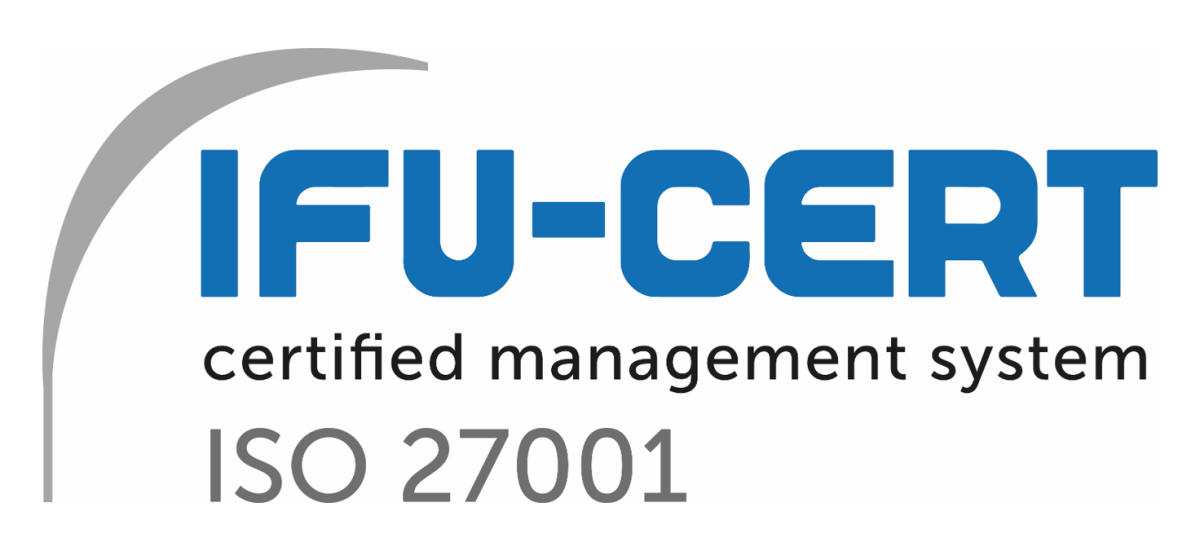Why manual handling of SWIFT messages?
In recent years international financial message handling has been successfully automated to a high degree. The vast majority of the 3.8 billion FIN messages and the 7.5 billion files transferred via SWIFT in 2009 were handled by Straight Through Processing. Typically most back office applications generate messages in structured formats and transfer them via the SWIFT network to the receiving institution where they are handled in a similar way by automated software applications. SWIFT interface solutions such as BOX for SWIFTNet provide the required communication, security and routing functions in a transparent way without requiring any manual intervention.
In the light of this scenario you may wonder why Intercope invests so much effort in providing functionality and user interfaces for manual message entry, correction and authorization in addition to the automated processing capability. The reason is simple: Even if comparably low message volumes are created or corrected manually the corresponding functionality is an indispensable component of any complete SWIFT solution because:
- Some messages – like, for example, exception handling and investigations – are difficult to handle automatically or this would involve disproportionate effort and cost
- There are always exceptional circumstance requiring the manual creation of messages on the fly
- Erroneous messages require manual intervention
- Smaller institutions with low message volumes may only generate SWIFT messages manually
- An emergency solution is required in cases of contingency for high value payments and other highly critical messages
Read more about Box for SWIFTNet functions for manual message entry and repair here.




